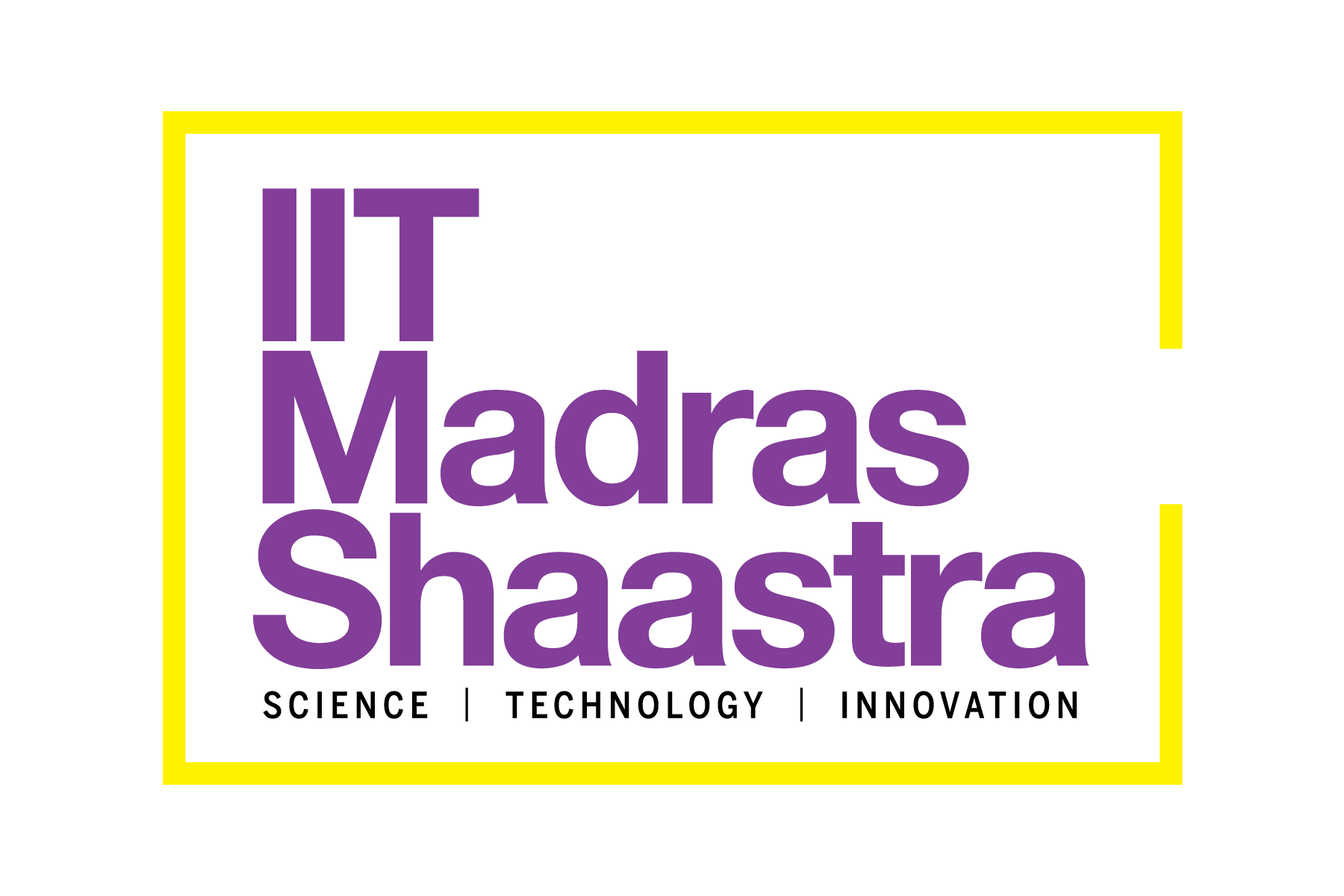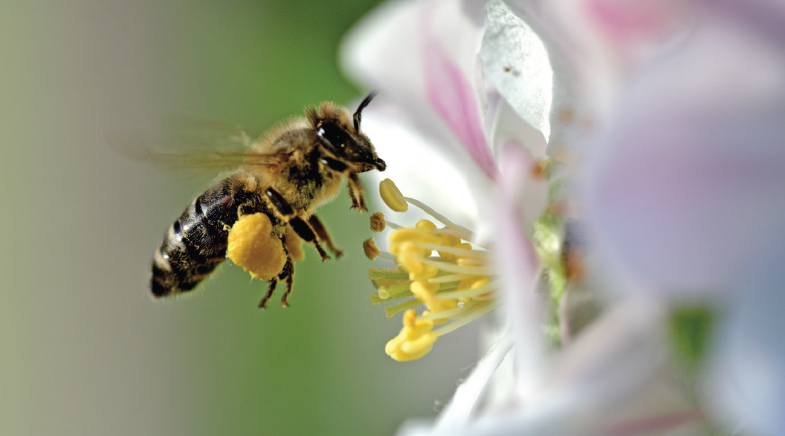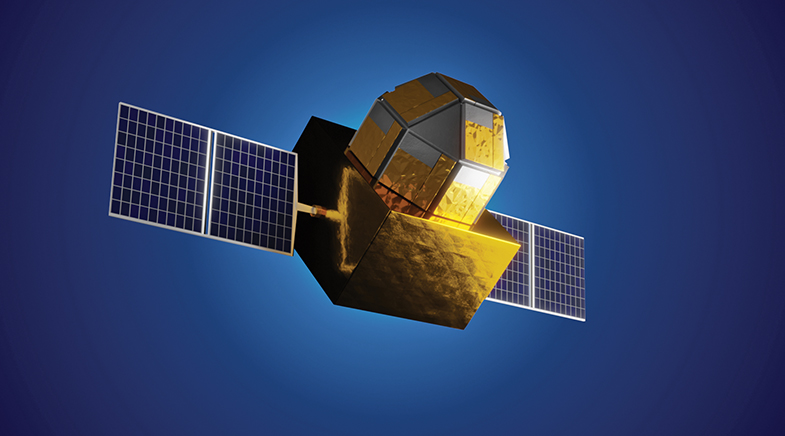Why your dog can't face Jasprit Bumrah
-
- from Shaastra :: vol 04 issue 07 :: Aug 2025

Only humans can excel at high-velocity ball sports which place extreme demands on an athlete's sensorimotor system.
Those of us who live in or have grown up in India have no hesitation or trouble crossing the road here. Some of us are, sadly, killed, but serial survivors can predict the trajectory of laterally approaching vehicles, and weave and spring across the road confidently. The best of us road-crossers will, however, have problems facing a cricket pace bowler. The fastest recorded delivery was bowled by Shoaib Akhtar, reaching a remarkable speed of 161.3 km per hour during the 2003 ICC Cricket World Cup. The fastest Indian bowler is Umran Malik, who reached a speed of 157 km/h. Tennis is even more mind-boggling. The fastest recorded tennis serve was hit by Sam Groth, clocking an astonishing 263.4 km/h at a Challenger event in 2012. For women's tennis, Georgina Garcia Pérez holds the record for the fastest serve at 220.0 km/h.

High-velocity ball sports, such as tennis and cricket, place extraordinary demands on an athlete's sensorimotor system. The ability to successfully intercept high-speed projectiles in both tennis and cricket involves a complex interplay of visual perception, cognitive processing, and precise motor control. Elite athletes often appear to possess swift reaction times, with top tennis players, for instance, exhibiting reaction times as low as 100 milliseconds (a tenth of a second) when returning professional serves, significantly faster than the average human reaction time of around 250 milliseconds. However, this apparent speed is not merely a function of raw physiological quickness in nerve conduction. The brain's processing speed for visual information and its efficiency in sending motor commands are critical determinants of performance. But being able to see the ball and react is just not sufficient for success. While this physical reaction time may be difficult to improve substantially, another component of reaction time – cognitive processing – can be improved with training. Elite performance is less about inherent physiological speed and more about optimising the perceptual-cognitive phase that occurs before the motor response is initiated. This "pre-action" processing, encompassing anticipation and prediction, effectively shortens the perceived reaction time by enabling earlier initiation of movement. This shifts the emphasis from purely physical reflexes to sophisticated brain function, where the brain's ability to interpret and predict is key.
PRECOGNITION IS THE KEY
Anticipation enables athletes to predict an object's likely trajectory more accurately than less experienced players can, thereby providing them with more time to plan and execute an appropriate response. The brain is not a passive recipient of sensory input, but an active, top-down "probabilistic prediction engine" that constantly generates internal models or plausible explanations for what is happening in the environment. These models are built upon contextual information and memories, and they are used to predict incoming sensory data. Any mismatch between the brain's predictions and the actual sensory input generates an "error signal" or a "surprise". This error signal is crucial; it prompts the brain to refine its internal model or to initiate a movement action to align the environment with its predictions. Embracing these "mistakes" or surprises during training is vital, as it activates the implicit surprise minimisation processes, engaging attention, motivation, learning, and action networks for skill development.
A monthly column that explores themes on nature, nurture and neighbourhood in the shaping of form and function.
This predictive framework effectively "compresses" the available reaction time. In sports where deliveries are extremely fast, such as a 160-km/h cricket ball or a 260-km/h tennis serve, there is very little time for conscious reaction. By actively predicting the ball's trajectory and characteristics before or immediately after its release or impact, elite athletes effectively "buy" themselves crucial milliseconds. This means they are not simply reacting to the ball after it has been struck, but are proactively preparing their response based on their internal models. Deviations from these predictions, which manifest as "surprise", require more processing and can explain why unexpected or deceptive deliveries are significantly harder to handle.
Studies show that providing contextual information, such as the previous five deliveries from the same bowler, significantly amplifies the anticipatory advantage of skilled batters over less-skilled ones. Expert batters encode visual scenes more richly and make more predictive and evaluative statements as their contextual knowledge of a bowler increases. Furthermore, expert batters are highly attuned to the bowler's "kinematics", allowing them to overcome extreme time constraints that arise from simply focusing on the ball. They react to key visual cues, such as the bowler's wrist angle and arm/hand movements, and use these to predict the ball's trajectory early in its flight.
Players are not simply reacting to the ball after it has been struck; they are preparing their response based on "pre-action processing", including anticipation and prediction.
Bowlers like Jasprit Bumrah, in turn, actively exploit the batter's visual inadequacies and reliance on prior knowledge. They manipulate the ball's trajectory, for instance, by artfully concealing a speed reduction or increase, or by introducing swing, seam, or spin. This deliberate deception leads to a misjudgment in the batter. Uncertainty about whether the ball will swing or seam alters the batter's movement patterns and delays their timing, making it harder to play swinging deliveries than straight ones.
Elite tennis players primarily focus on specific kinematic cues from the server. Gaze control studies indicate they concentrate on the upward swing path of the server's racquet, or the shoulder/trunk area during the "ritual phase" of the serve, shifting their focus to the racquet during the "execution phase". These expert players exhibit fewer, but longer, fixations compared to less-skilled players, whose eyes tend to dart around more. They also observe the opponent's body language to anticipate actions, maintaining a relaxed state until the ball is struck, then intensely focusing on the ball.
'OPPOSITION RESEARCH' MATTERS
The brain's strategy for returning serves aligns with what is called "Bayesian integration", a probabilistic framework for decision-making under uncertainty (an approach we all use to deal with decision-making in other contexts). The brain combines the current visual input from the ball's flight with prior expectations such as knowledge of the opponent's preferred serve locations and tendencies, accumulated from experience. This integration is weighted by the reliability of each information source. For example, the bias towards prior expectations becomes more pronounced when sensory information is less reliable, such as with very high ball speeds that reduce the time available for visual processing. The brain dynamically weights these sources. The prior — or the bias — is heavily weighted in the early phases of the ball's flight when sensory information is still uninformative. As more reliable sensory information becomes available during later stages, this initial prior-driven estimate is "overwritten" by the incoming sensory inputs. Players are not merely reacting to the ball's flight; they are constantly updating their probabilistic predictions based on a blend of immediate visual cues from the server and deep-seated knowledge of their opponent's serving patterns. This explains why scoping opponents and accumulating prior match experience are critical for elite tennis players, as they build the "prior" knowledge that allows for more accurate and faster predictions, especially against the fastest serves, where sensory information is inherently less reliable in the initial moments.

Well-honed skills are fundamental for perceiving, interpreting, and reacting to the rapid visual information inherent in both sports. This involves holding the gaze steadily on a target, followed by rapid, jerky shifts of focus, and continuous tracking of a moving object. Also needed is a clarity of vision when objects are in motion, for seeing distant, fast-moving objects and small targets. Furthermore, peripheral vision, the ability to see objects not directly in front, is essential for maintaining awareness of surroundings and opponents without excessive head movement. For extremely fast serves in tennis, keeping 100% focused vision on the ball throughout its entire flight is often considered "almost impossible". There is a physiological limitation to the human visual system's capacity to accommodate and track objects at such high velocities continuously. So, training to guess effectively and developing your priors well is key to success.
HOW THE HUMAN BODY EVOLVED
The human ability to throw with power and accuracy is a distinctive characteristic that sets Homo sapiens apart from other species. A series of physical transformations within the human lineage allows this. These adaptations include lowering and widening the shoulders, expanding the waist, and twisting the humerus, all of which contribute to superior throwing mechanics. Beyond the shoulder and arm, the evolution of the human hand was equally pivotal. The two fundamental human handgrips, the 'precision grip' and the 'power grip', represent specialised adaptations for throwing and clubbing, respectively. This extensive anatomical remodelling of the hand over millions of years was likely an outcome of natural selection favouring improved projectile use.
Many animals hunt with speed, but the human ability to create projectiles and manipulate them required an evolutionary confluence of brawn, brain, and culture.
Finally, the development of an upright stance and the transition to habitual bipedalism were intricately linked to the demands of throwing. The enhanced dynamic upright balance, achieved through more powerful legs and resilient feet, cultivated for throwing and clubbing, significantly improved the efficiency of upright locomotion. This improvement, in turn, led to the increased adoption of bipedalism, culminating in the habitual upright gait characteristic of humans.
The human and chimpanzee lineages diverged approximately 5-7 million years ago from a common ape ancestor, which was distinct from both modern humans and chimpanzees. Early bipedal tool-using primates emerged approximately 5-7 million years ago. A significant period of brain development began approximately 5 million years ago, with the hominin brain rapidly increasing in both size and functional differentiation. This increasing brain size enabled more sophisticated motor planning and prediction necessary for effective throwing.

The archaeological record reveals the appearance of complex spears with composite structures (wooden shafts with stone tips) in South Africa around 500,000 years ago. Accurate long-range projectile weaponry, such as spearthrower-delivered darts, evolved in Africa between 90,000 and 70,000 years ago.
This chronological sequence highlights a mutually reinforcing relationship. Anatomical adaptations for throwing, and increasing brain size were not independent but possibly synergistic. A larger brain facilitated more advanced motor planning and prediction for throwing, while the selective pressures of hunting with projectiles favoured individuals with superior cognitive abilities. The development of complex projectile technologies further intensified these pressures, creating a positive feedback loop where physical, cognitive, and technological advancements drove each other in the human lineage.
As motor skills are extensively practised, new neural connections are also formed, and the synaptic connections between neurons within these pathways strengthen, leading to more efficient signal transmission between the brain and muscles. This neurological adaptation is the basis of "muscle memory", where movements become increasingly automatic and require less conscious effort. The extreme temporal constraints in sports underscore the necessity for ultra-efficient motor execution. This automation reduces the cognitive load required for performing complex tasks, allowing athletes to dedicate mental resources to other critical aspects of their performance, such as strategy and dynamic decision-making in high-pressure situations. While the motor cortex is essential for learning new motor skills, acting as a "tutor" to subcortical regions like the basal ganglia and cerebellum, it is not always necessary for executing a skill once it has been learned. This suggests a shift towards more automatic control by sub-cortical structures over time, which is critical for peak performance under pressure.
We play these games because we can throw, catch, and predict simultaneously. Many other animals hunt and escape with speed, but this ability to create projectiles and manipulate them required an unusual evolutionary confluence of brawn, brain, and culture.
Have a
story idea?
Tell us.
Do you have a recent research paper or an idea for a science/technology-themed article that you'd like to tell us about?
GET IN TOUCH















